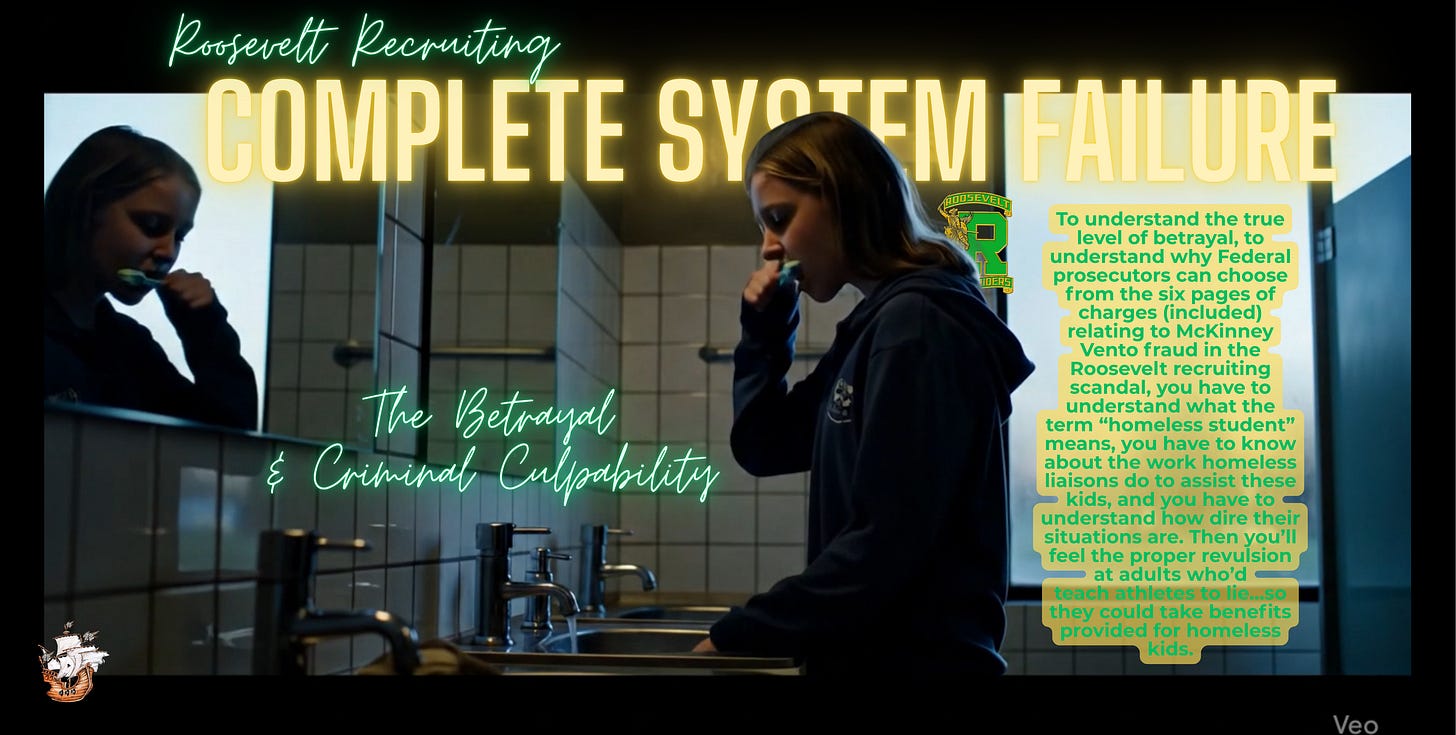Updated: Roosevelt Taught Recruits to Lie in Order to Take Benefits Meant for Homeless Kids -- and These Federal Charges Apply
Understand what it means to be a homeless high school student...And J425 documents a laundry list of charges administrators and coaches could face for McKinney-Vento Act Fraud and Kennel Club Payments

Keep reading with a 7-day free trial
Subscribe to J425 | The Journal 425 to keep reading this post and get 7 days of free access to the full post archives.


